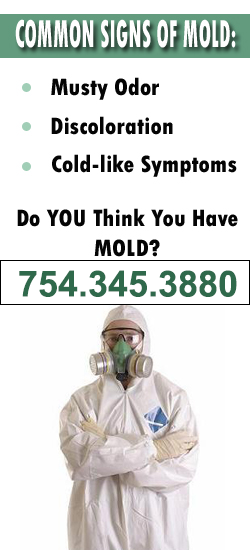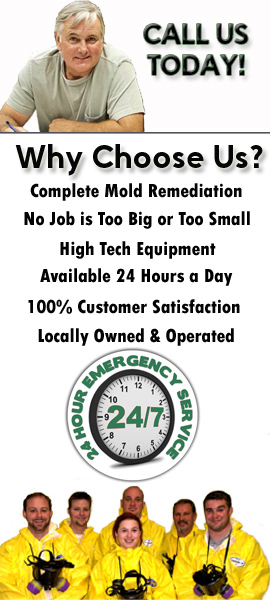 Like knights in shining armor, we’re here to tackle the beast that is mold. It’s not as glamorous as slaying dragons, sure, but it’s an equally important quest, especially when our health is at stake.
Like knights in shining armor, we’re here to tackle the beast that is mold. It’s not as glamorous as slaying dragons, sure, but it’s an equally important quest, especially when our health is at stake.
Now, we’re not just talking about the mildew that pops up in your shower. We’re talking about the serious, potentially dangerous mold that can lurk in the hidden corners of our homes. This is no battle to take lightly, and it’s certainly not one to fight without the right equipment and knowledge.
So, how do we safely remove mold without risking our health? Well, that’s exactly what we’ll be exploring together.
Understanding Mold and Its Dangers
So, what exactly is mold and why is it dangerous to our health? Well, mold is a type of fungus that thrives in damp environments and reproduces by releasing spores into the air. These spores are small enough that we can easily inhale them without even realizing it. While mold itself isn’t necessarily harmful, certain types can release toxins that pose serious health risks.
We’re not just talking about the common cold or allergies here. Prolonged exposure to toxic mold can lead to severe respiratory issues, neurological problems, and even death in extreme cases. It’s especially harmful to those with weakened immune systems, such as the elderly or those with chronic illnesses.
The main concern with mold is that it’s often hidden, growing in places we can’t see, like behind walls or under carpets. By the time we’ve found it, we’ve likely already been exposed to its harmful effects. Mold removal, therefore, isn’t a luxury, it’s a necessity. But it’s not just about getting rid of mold, it’s about doing it safely.
By understanding the dangers of mold, we’re better equipped to protect ourselves and our loved ones. We know to wear protective equipment when dealing with mold, to properly ventilate the area, and to ensure complete removal to prevent future growth. After all, our health isn’t something we’re prepared to compromise on.
In essence, mold isn’t just a nuisance, it’s a silent predator. It’s our responsibility to stay informed and take appropriate action.
Necessary Equipment for Safe Removal
Armed with the knowledge of mold’s potential dangers, it’s crucial we gather the right equipment for safe and effective mold removal. The right tools not only ensure a thorough cleanup but also protect our health during the process.
First and foremost, we’ll need personal protective equipment (PPE). This includes gloves, goggles, and an N-95 respirator. Gloves protect our hands from direct mold contact, while goggles prevent mold spores from entering our eyes. The N-95 respirator filters out mold spores, ensuring we don’t inhale them.
Next, we’ll need cleaning supplies. A good scrub brush, heavy-duty garbage bags, and detergent will be our primary tools. We may also need a vacuum with a HEPA filter. This type of vacuum can capture tiny mold spores that regular vacuums might miss.
If we’re dealing with a larger area or a serious mold problem, we might need to invest in additional equipment. A dehumidifier can help reduce moisture levels, making the environment less hospitable for mold. An air scrubber can also be beneficial. It removes mold spores from the air, further reducing our exposure.
Lastly, we’ll need good lighting. Mold often hides in dark, damp places. A strong flashlight or work light can help us spot it.
Step-by-Step Mold Cleanup Process
Once we’ve gathered all our necessary equipment, let’s delve into the step-by-step process of mold cleanup to ensure a safe and thorough removal. The first step is to identify and isolate the areas with mold. We’ll need to seal off these areas to prevent the mold spores from spreading to other parts of the house during the cleanup. We’ll use plastic sheets and duct tape for this job.
Next, we’ll don our protective gear. This includes a mask or respirator to protect against inhaling mold spores, gloves to shield our hands, and goggles to keep our eyes safe. Once we’re suited up, we’re ready to begin the actual cleanup.
We’ll initiate the cleanup by lightly misting the moldy area with water. This helps prevent the mold spores from becoming airborne. After dampening the area, we can begin scrubbing away the mold with a detergent solution. It’s crucial to scrub thoroughly but gently to avoid damaging the surface underneath.
Once the mold is removed, we’ll rinse the area with clean water and then dry it fully. Any remaining moisture can lead to the regrowth of mold, so we’ll use fans or dehumidifiers to speed up the drying process.
Health Precautions During Mold Removal
Taking health precautions during mold removal is paramount to safeguard our wellbeing and reduce the risk of potential health issues. Mold spores, when inhaled, can cause allergies, respiratory issues, and other health problems. So, it’s critical that we take necessary precautions while dealing with mold removal.
Firstly, we must gear up. Wearing protective clothing can prevent direct contact with mold. We recommend donning long-sleeved shirts, long pants, and waterproof gloves. A pair of goggles can protect our eyes from mold spores, and an N-95 respirator mask can prevent us from inhaling these harmful particles.
Secondly, it’s important we isolate the contaminated area. We should seal it off from the rest of the house using plastic sheeting and duct tape to prevent mold spores from spreading during the cleanup process. We should also maintain good ventilation, but avoid using fans as they can spread mold spores.
Next, we must take care of our health after the cleanup process. If we’re experiencing symptoms like coughing, wheezing, or skin irritation, it’s necessary to seek medical help. Even when we’ve done our best to protect ourselves, we might still get exposed.
Lastly, we should remember to clean up properly after mold removal. We should wash our clothes separately and dispose of any items that came in contact with mold in sealed plastic bags.
Frequently Asked Questions
What Types of Mold Are Most Common in Residential Homes?
We’ve found that the most commonly occurring molds in residential homes are Cladosporium, Penicillium, Aspergillus, and Stachybotrys, also known as black mold. It’s crucial to address any mold issues swiftly to maintain a healthy living environment.
How Long Does It Typically Take for Mold to Grow After a Water Leak?
We’ve found that mold typically starts to grow 24 to 48 hours after a water leak. However, it’s dependent on the conditions, such as temperature and humidity. It’s crucial to address leaks promptly to prevent mold growth.
Is There Any Insurance Coverage for Mold Damage and Removal?
We’re glad you asked about insurance coverage for mold damage and removal. It’s not always covered since it often depends on the policy and the cause of the mold. We’d advise checking with your insurance company.
Can I Hire Professionals for Mold Removal and How Much Would It Cost?
Yes, we can hire professionals for mold removal. It’s crucial to get estimates as costs vary based on the severity and area size. Generally, it’s around $500 to $6,000 but can exceed for larger infestations.
Can a House Ever Be Completely Free of Mold?
We’re often asked if a house can ever be completely free of mold. Technically, it’s nearly impossible, since mold spores are naturally present in the environment. However, we can significantly reduce mold to safe levels.




